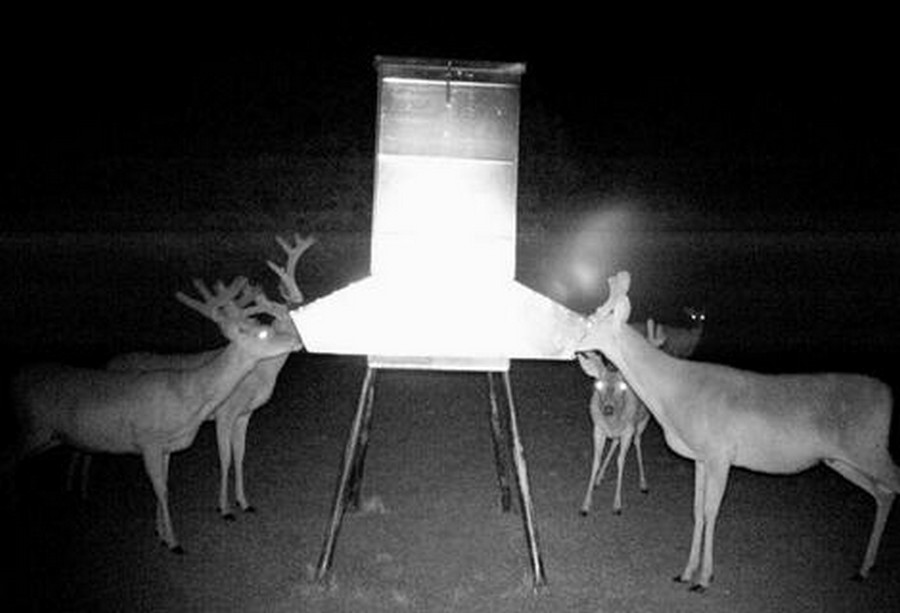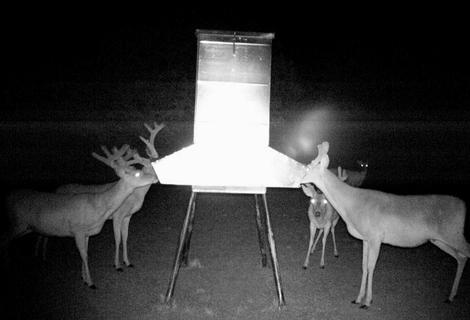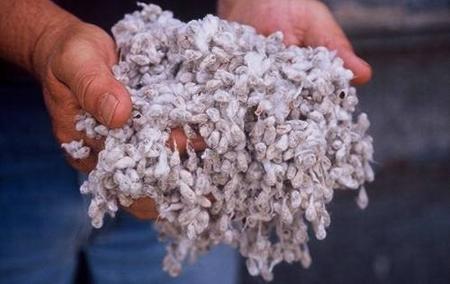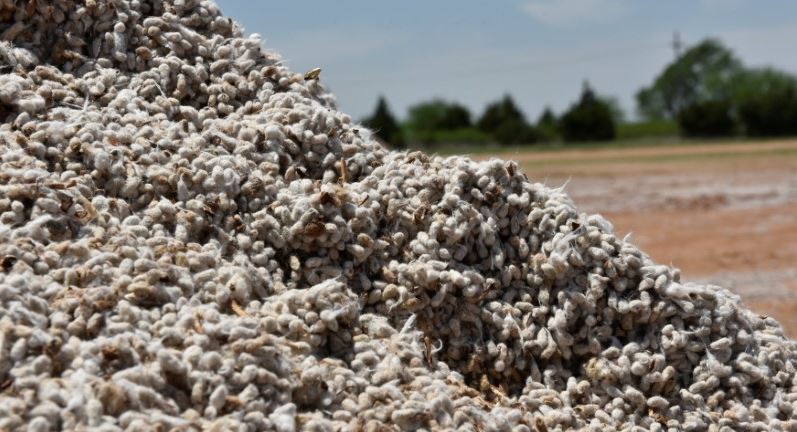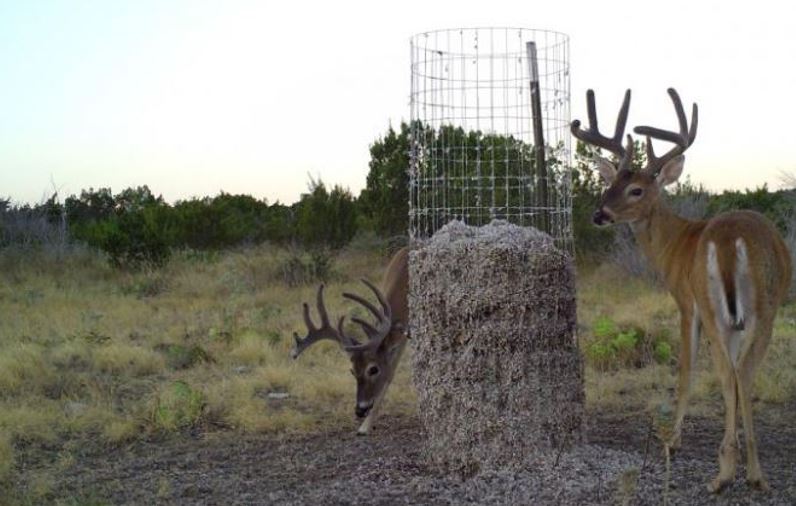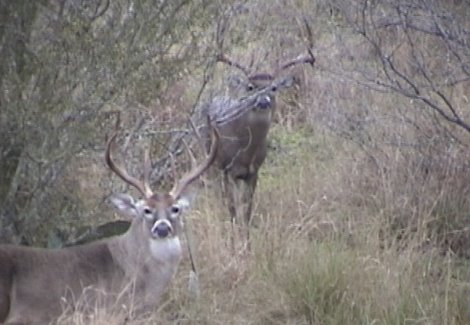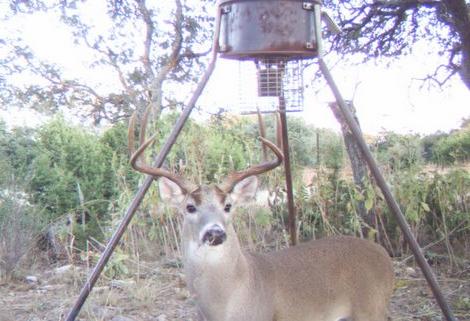Roasted Soybeans and Deer
The benefits of supplemental feeding for white-tailed deer have been well-documented by researchers and land managers in recent years. In white-tailed deer management today, the combination of habitat management and supplemental feeding go hand-in-hand on most properties interested in providing optimal, year-round nutrition.
Though some land managers choose to supplement through food plots, others prefer to use protein pellets for ease and reliability. Regardless of the product used to supplement deer, the primary reason for providing supplemental feed is to improve the overall health of each individual animal in the herd.
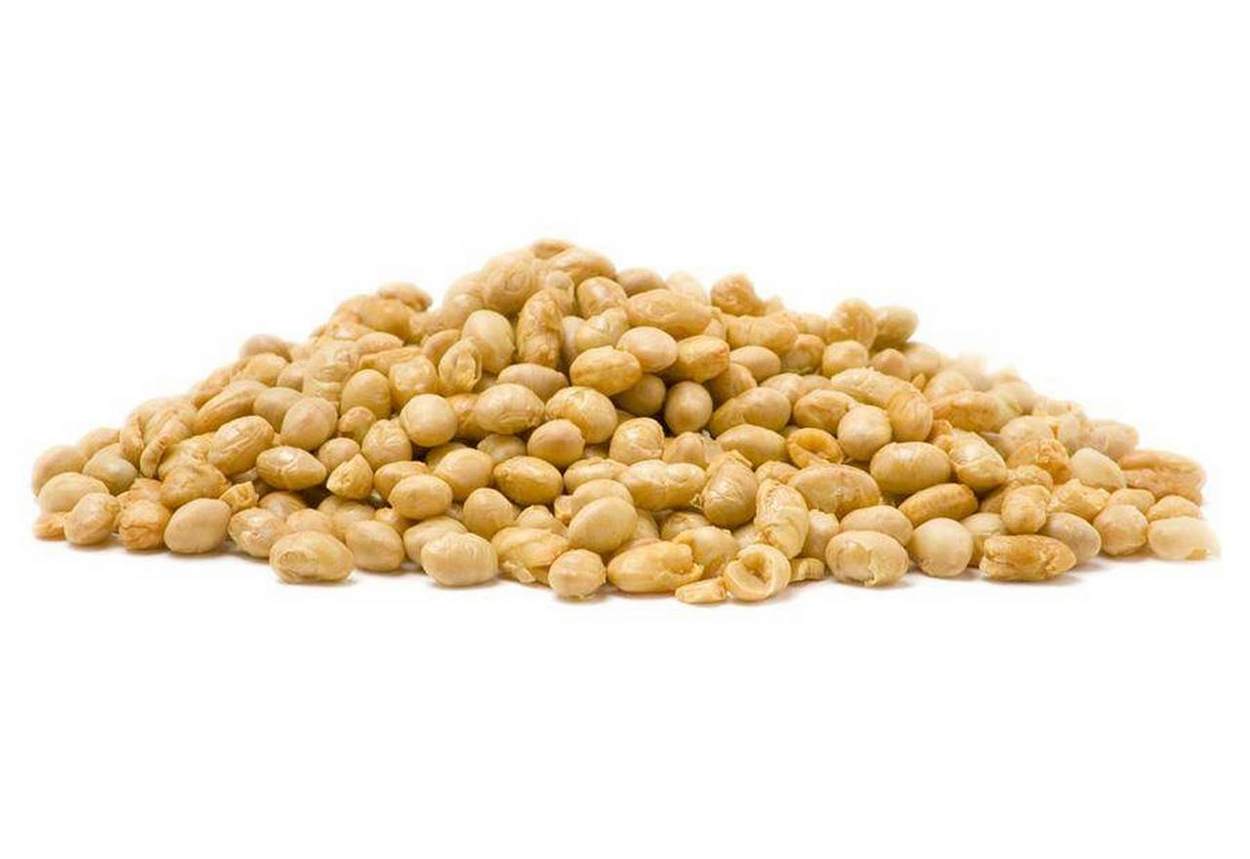
Deer Nutrition
The health of a white-tailed herd is readily measured through the individual body condition of deer, the antler quality of bucks, and annual fawn production. Although the presumed outcome of providing additional food is better and healthier deer, land managers often look for different inputs — or different food options. For managers, it always comes down to ease of access to the produce they are feeding, deer performance while consuming the feed, and costs.
I’ve been asked time and time again over the years about feeding whole, roasted soybeans as a supplement for whitetail. Roasted soybeans are a good supplement for deer, but not a silver bullet for a deer management program. Feeding roasted beans can be done, and it can be done successfully, but it’s always good to look at the pros and cons.
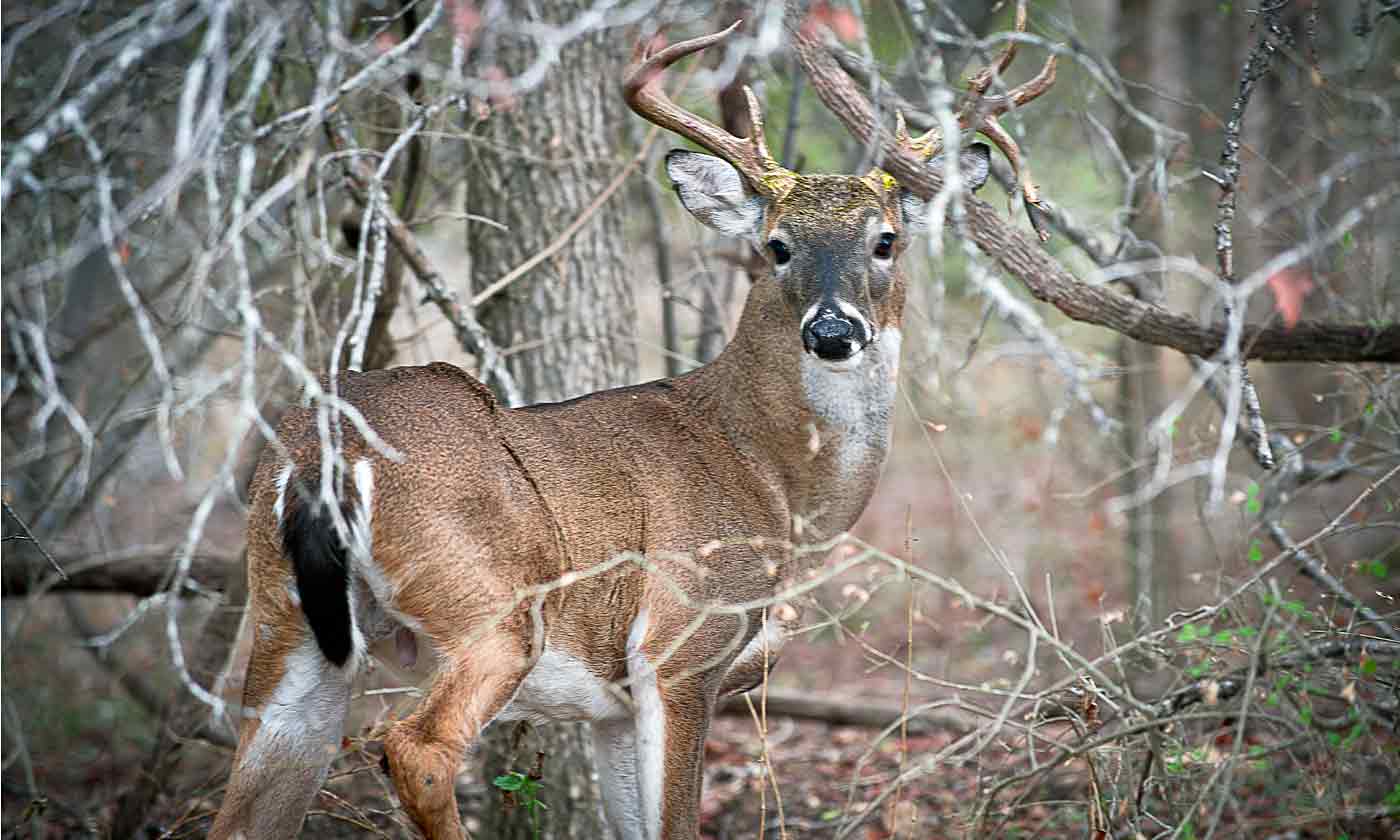
Feeding Roasted Soybeans to Deer
First, let’s not confuse baiting deer with supplementing deer. Baiting deer with corn or other agricultural products can be great for attracting deer for the purpose of harvest, but corn is not a supplement. A true supplement adds nutritional value to an individual deer’s diet. Sounds simple enough, but why would a deer manager consider different options for supplementing deer? Well, the biggest concern is typically costs.
The dollar does not go as far as it once did, so hunters and deer managers are constantly looking for less expensive options. Currently, corn is $7, roasted soybeans are $12, and protein pellets are $11 per 50 pound bag (depending on where you buy them). Corn only offers 6 to 7% protein, soybeans average about 40% protein, and the pellets I quoted above are 20% protein.
All of these products get cheaper at bulk prices, but let’s look at the value. In other words, what do the deer on your property get for each dollar that you invest?
Comparing Soybeans to Other Supplements
Corn is an attractant so the value is that it will draw deer into your area. However, the money you spend on a bag of corn does nothing to actually help the deer other than making their belly feel a little more full. The addition of protein, however, really can improve the diet and body condition of individual deer. Roasted soybeans and protein pellets are both more expensive than corn by weight, but the value (what the deer gets versus what you pay) is much better!
Soybeans, at 1.7 times the price of corn, deliver over 5 times the amount of protein when compared to corn. Protein pellets, at 1.6 times the price of corn, deliver over 3 times the protein. Roasted soybeans also have 3 times the fat content of corn.
The value of roasted soybeans and pellets over corn is obvious, but there is more to consider when it comes to supplementing a deer’s diet. In addition to macronutrients (protein, carbs, fats), what about the essential micronutrients required by by white-tailed deer?
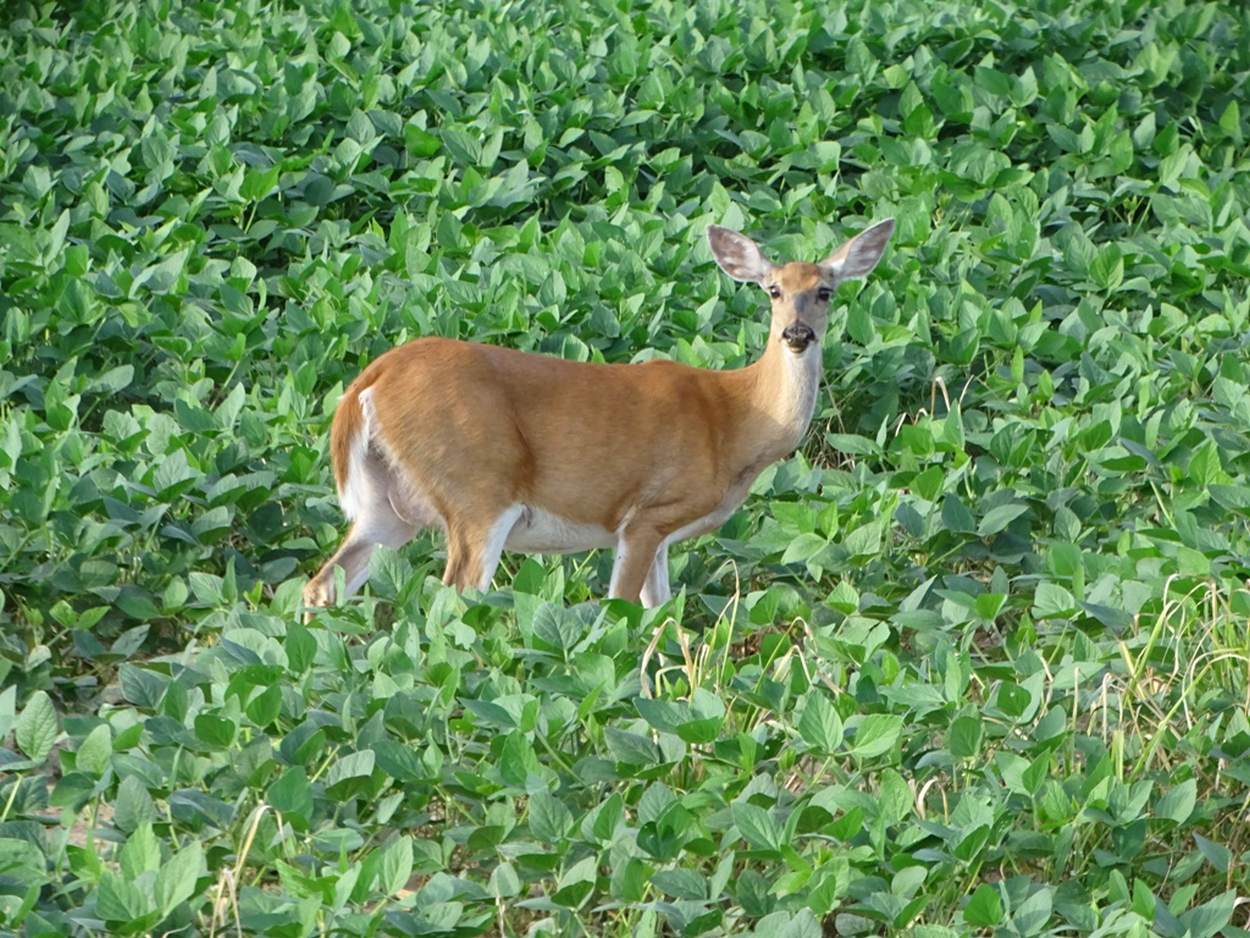
Soybeans and Protein Considerations
Protein is great, but deer can not survive on protein alone. Important micronutrients for whitetail include calcium, phosphorous, potassium, copper, selenium, zinc, and vitamins A and E. This is where protein pellets pull away, so to speak, from whole or roasted soybeans. Soybeans can have good levels of micronutrients, but not always.
The nutritional value of the bean will depend on the conditions under which it was grown and this affects the macro- and micronutrient levels. This will ultimately impact the amount of nutrients that are digestible by deer. In addition, roasted soybeans have more (bypass) protein than raw soybeans. This means roasted soybeans provide more available, usable protein than raw soybeans.
Roasted Soybeans for Whitetail
Where they are readily available, roasted soybeans are a practical way to supplement the nutrition of white-tailed deer. Of course, any food added to a deer’s natural environment should only be considered a supplement. Supplemental food is not habitat in a sack and can not be substituted for good deer habitat management. However, roasted soybeans can be used effectively to supplement animals where good deer habitat exists, but micronutrient levels can vary.
